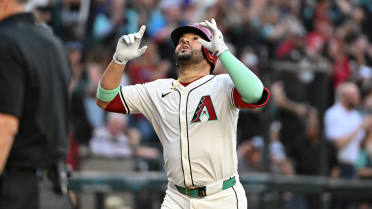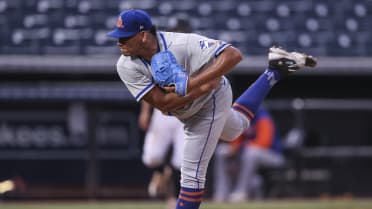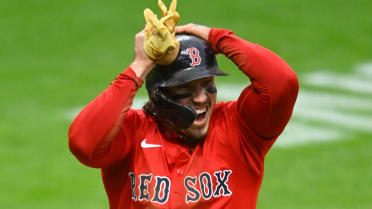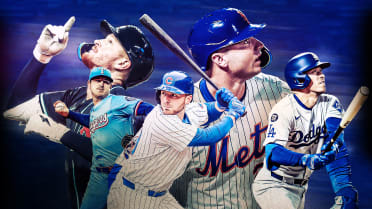Two quality pitchers were traded for each other because they couldn’t agree on a contract with their original clubs. The record shows on Feb. 25, 1972, left-hander Steve Carlton was dealt to the Phillies from the Cardinals for right-hander Rick Wise. It turned out to be the last trade for Phillies GM John Quinn, who spent 28 years as a big league GM.
Carlton, 27, was fresh from a 20-win season for a team that tied for second place; Wise, 26, was a 17-game-winner with the last-place Phillies. Carlton had 77 wins; Wise, 75. Each was seeking a raise to $65,000 and both clubs balked. Ironically, after the trade, Lefty got $65,000 from the Phillies and Wise almost that from St. Louis, according to The New York Times.
Agents, arbitration, free agency didn’t exist 50 years ago. Players were on their own negotiating contracts.
Phillies fans were not happy because Wise was a favorite. Carlton was not happy because he didn’t want to leave the Cardinals, and he didn’t have any say.
Quinn and Paul Owens, then director of the Minor Leagues and scouting, had dinner the night before at the Garden Seat restaurant in Clearwater, Fla. Quinn asked Owens, “Would you trade Wise for Carlton even-up?” Owens replied, “What are we waiting for?”
So, the next morning the Phillies' PR staff got four writers from Philadelphia together at the Fort Harrison Hotel to tell them about the trade. No major press conference. TV and radio stations from Philly didn’t go to Spring Training. There was no ESPN, talk radio, computers, cellphones or social media.
Lefty’s first season with the Phillies was electric, one of the greatest individual performances ever by a pitcher.
• Carlton finished with a 27-10 record, eight shutouts, an NL-low 1.97 ERA and a club-record 310 strikeouts in 346 1/3 innings. Of his 41 starts, he finished 30. He was 14-5 at Veterans Stadium, 13-5 on the road. He won his first three starts, allowing two runs, including a 1-0 decision over his former teammate Bob Gibson. That game took one hour and 33 minutes.
• Carlton's win total was a Major League record for a last-place team. He also set a Major League record with 48.5% of his team’s wins (59).
• He did all this in baseball’s first strike-shortened season in which the first week was wiped out. The Phillies missed six games, meaning Carlton missed two starts.
• The Phillies scored a total of 16 runs in his 10 losses. Five of those losses came in a row (May 13-30). Yes, his 10 losses included a five-game losing streak.
• Sitting at 5-6, Lefty went on a club-record 15-game winning streak, June 7 through Aug. 17. Shortstop Larry Bowa said, “When Lefty pitches, it's win-day."
• The streak ended with a 2-1, 11-inning decision against the Braves at Veterans Stadium on Aug. 21.
• During the 15-game winning streak, Carlton had three no-decision starts. The Phillies lost, 1-0 in 11 innings in Houston, 9-7 at Atlanta and won 11-4 in San Francisco. Lefty gave up four runs in five innings in that outing, but the Phillies scored 11 times to take him off the hook.
• Five of the 15 wins were shutouts: 1-0, 2-0, 2-0, 5-0, 2-0.
• He won the ERA title by allowing eight runs (four earned) over his last five starts (4-1). The last Phillies pitcher to lead the NL in ERA was Grover Cleveland Alexander, 1.83 in 1917.
• Only three of his wins were saved by the bullpen as indicated by his 30 complete games.
When the NL Cy Young Award voting by the Baseball Writers' Association of America was announced after the season, Carlton was the unanimous winner. It was the first of four such awards he would win while pitching for the Phillies.
Owens replaced Quinn as GM in June and then went to the dugout in July to manage the rest of the season. He returned to his front-office position at the end of the season. On Jan. 16, 1973, Owens gave Lefty a $165,000 contract, making him baseball’s highest-paid pitcher. How times have changed.



